Curious Questions: Why are there so few smiles in art?
Centuries of portraits down the ages — and vanishingly few in which the subjects smile. Carla Passino delves into the reasons why, and discovers some fascinating answers.

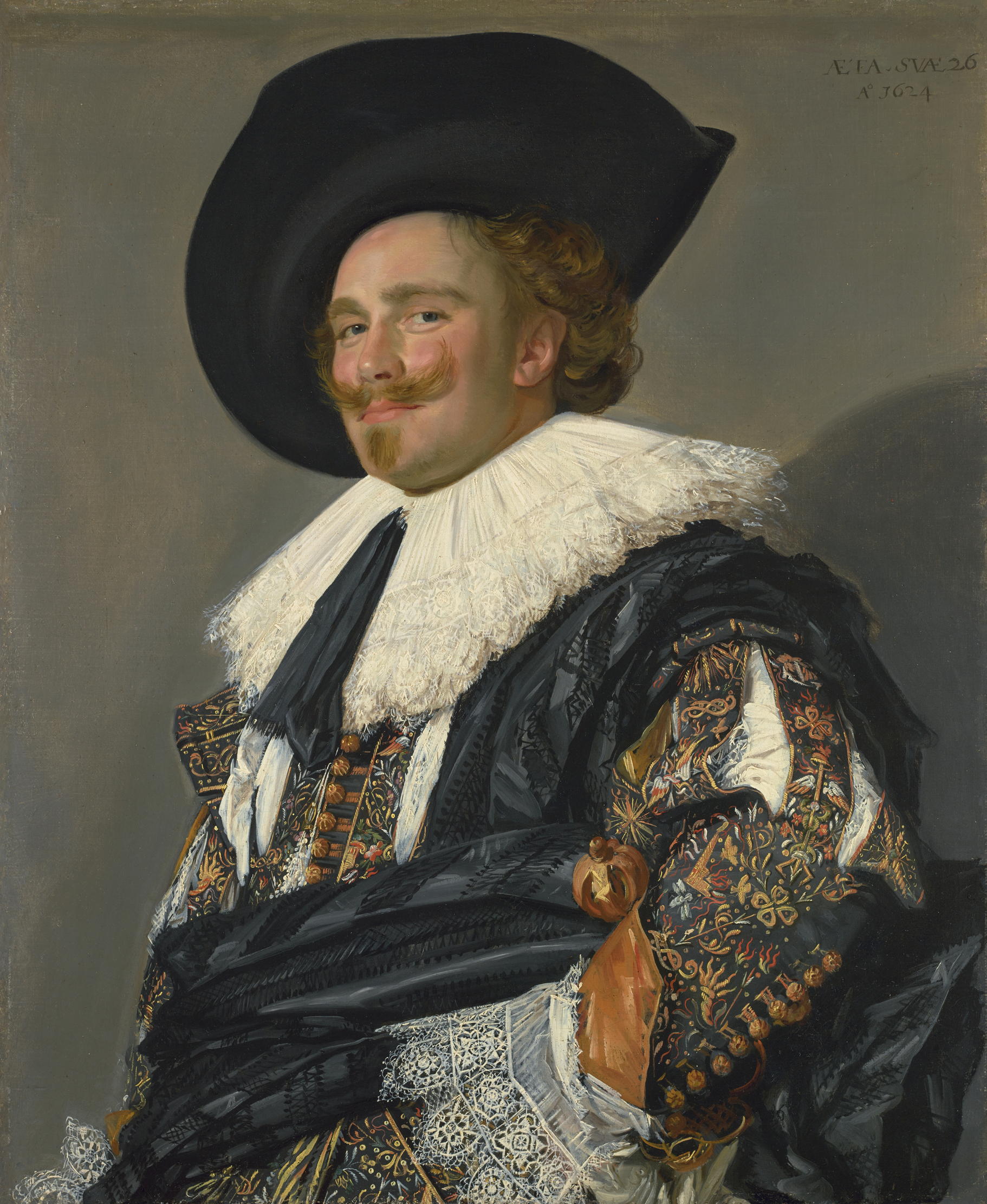
A shapely left arm flung over her head draws attention to a magnificent décolletage, but it is the raised corners of her mouth that make Lady Colin Campbell such an unusual presence in Giovanni Boldini’s portrait of 1894. For, out of more than 1,000 works on display at the National Portrait Gallery in London, only a small handful are engaged in that most commonplace activity: smiling.
As a divorcée, Lady Colin was a controversial personality and notoriety continued after her death, when London galleries considered how to display a fine work of art with indelicate associations. She had the last laugh, however, now cutting a stupendous figure among other 19th-century worthies, her eternal smile eclipsing the stern features of the more conventional people that surround her. Boldini was much admired by John Singer Sargent, whose British High Society subjects, notably the sultry Lady Agnew of Lochnaw, can peer from the canvas with a look that suggests a private joke (‘More than a pretty face’, February 14). Emma Hamilton, too, could, in character for one of her famous tableaux, beam for artists such as George Romney, with his gift for immortalising roseate faces flushed with health or pleasure — but she was another exception. Smiles in art are so rare that, although most people recall Leonardo da Vinci’s Mona Lisa and Frans Hals’s Laughing Cavalier, they can probably think of no other. Portraiture, traditionally considered second only to history painting in the hierarchy of respectability, seems to demand solemnity.

There’s another reason, however, for this dearth of grins: smiling is harder than it seems. Model Rachel McCarthy has worked for nearly 30 years with British-based artists, including Peter Blake, designer of The Beatles’ Sergeant Pepper album cover, and sculptor Ron Mueck. Although she can sit for an artist for 20 sessions or more, she explains it’s hard to hold a smile for any length of time: ‘I don’t think it can be done, except for a very quick pose — perhaps a minute or two. A smile is very challenging, as it’s not how our faces usually fall.’ Anyone who remembers waiting as a friend fumbled with their old-fashioned camera knows how quickly laughter fades, to be replaced by a strained and mirthless grimace. At least in painting, however, the really outstanding smiles, few as they are, often tell a story.
In the same year that Lady Colin sat for Boldini, wealthy American art collector Isabella Stewart Gardner burst from the balcony of the Palazzo Barbaro in Venice, Italy, thrilled by the spectacle of fireworks outside. ‘Come out — all of you,’ she implored, according to the diary of her husband, Jack. ‘This is too beautiful to miss!’ Her delight was captured by her Swedish artist friend Anders Zorn, a house guest, in a full-length portrait in which Gardner herself is like a rocket exploding in a shower of gold. Here is not a smile that plays on the lips, but a head-to-toe expression of joy, from the hands pushing excitedly against the glazed doors as she crashes into the room, to the rapid steps under her luminous gown.

Across the ages, such unabashed glee has been depicted more often in children than in adults. The 17th-century Dutch artist Judith Leyster made a speciality of painting infants chuckling together and, in Spain, Esteban Murillo recorded the unguarded laughter of urchins. A century later, Élisabeth Vigée Le Brun caught the happiness of a mother and child in self-portraits with her daughter and was unusual in doing so: images of motherhood had been dominated by the Virgin and Child, often freighted with anxiety and foreshadowings of pain.
Another example of young beaming faces, particularly lovely because it conveys the subjects’ intellect as well as their mood, is Sofonisba Anguissola’s The Game of Chess (about 1555). In it, little Europa Anguissola delights in the move made by her big sister Lucia, to the consternation of her opponent, yet another sister, Minerva — the entire scene observed by a servant and by the oldest sister, the artist. Lucia allows herself the hint of a smile as she cleverly places her piece on the board, but Europa, with her impish ears, laughing eyes and open mouth, is completely candid in her reaction, revealing pearly top teeth as white as her chemise.
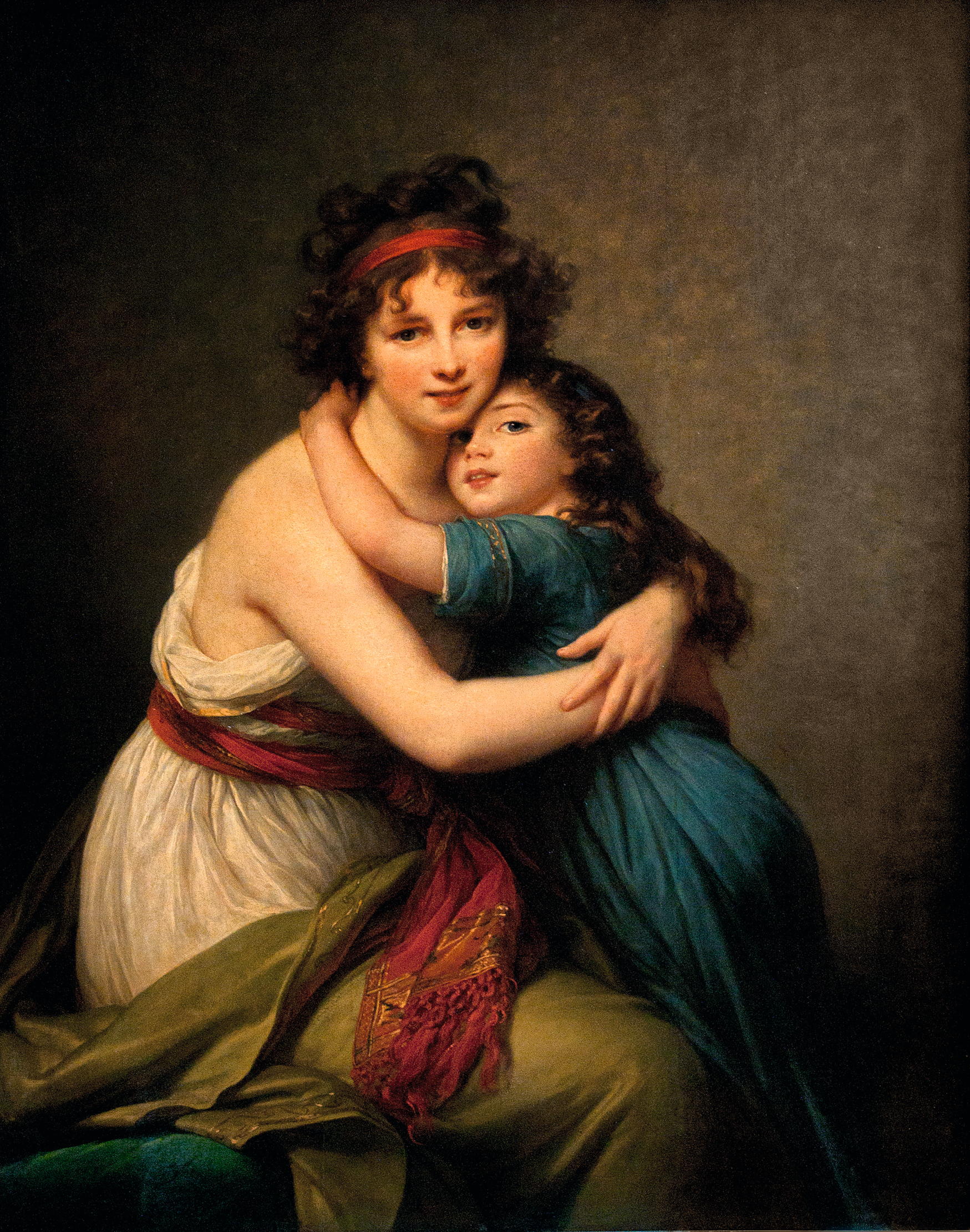
Teeth were, however, no adult’s finest feature until the advent of modern dentistry. Although it is true that, with discoloured, broken or missing gnashers the norm, their depiction would not shock any contemporary observer, even the creator of The Laughing Cavalier played safe. For, despite its title, the unnamed young man in Hals’s portrait of 1624, now in the Wallace Collection in London, keeps his lips tightly sealed. For the most part, the prolific painter of both unknown folk and important townspeople spared us and his models grisly open mouths.
Exquisite houses, the beauty of Nature, and how to get the most from your life, straight to your inbox.
Children, eccentrics and musicians might bare their teeth, but possibly the most serene of all countenances conveys contentment with upturned lips, dimples, dipped eyebrows and amused eyes. Hals’s Portrait of a Couple is thought to depict Beatrix van der Laen with her husband, Abrahamsz Massa, in about 1622. These stars of the Rijksmuseum in Amsterdam are the epitome of new-found marital bliss: relaxed together, confident enough in their bond to lean away from each other, and tickled pink, but with no hint of tooth showing.
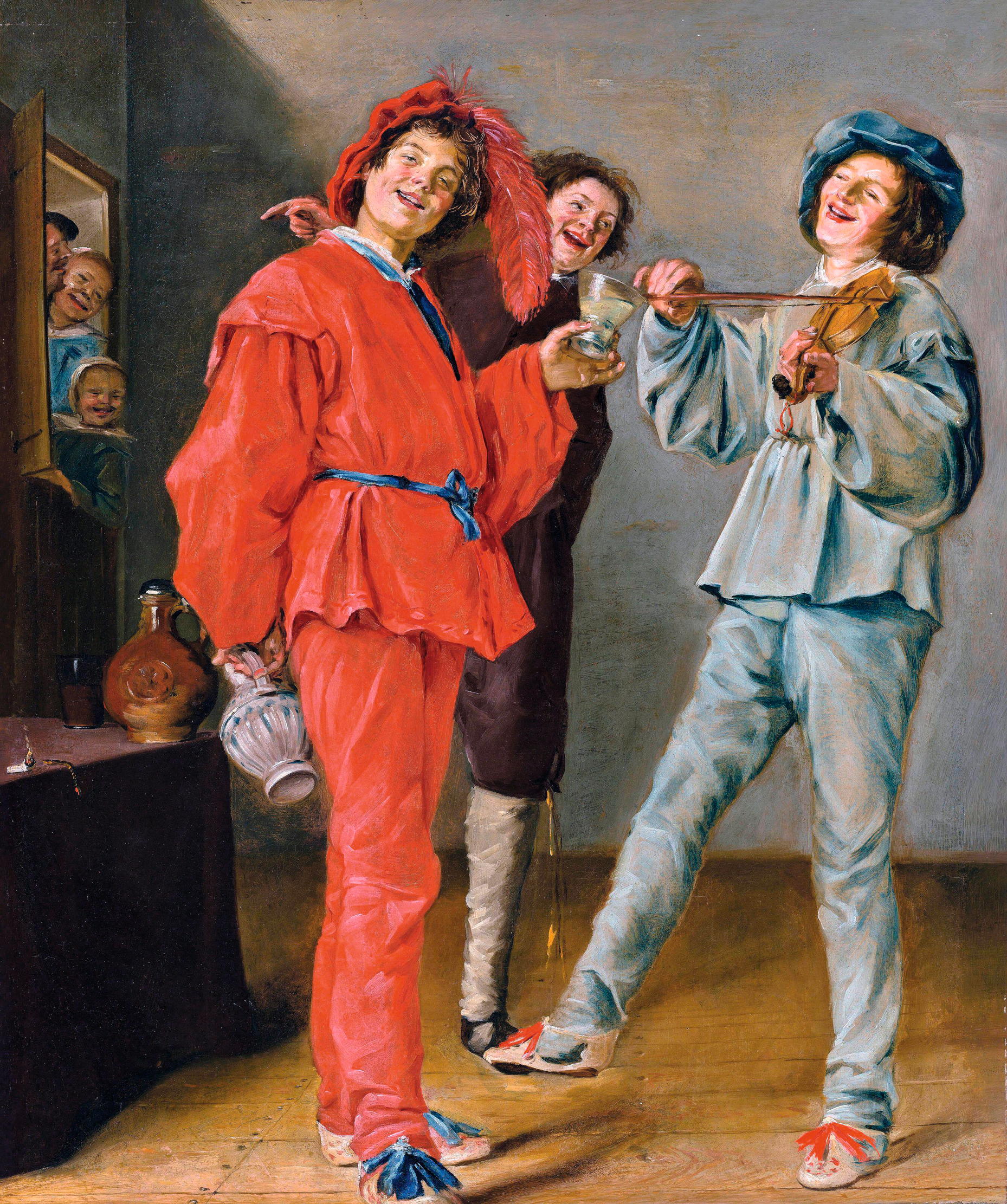
A generation later, Johannes Vermeer teases viewers with his interior, Officer and Laughing Girl. We don’t know what is passing between the handsomely turned-out visitor and the young woman at home, toying with a wine glass, but it’s going terrifically well. The woman chuckles easily, perhaps simply enjoying the man’s company, perhaps entertained by his conversation. This is not merely a tentative smile; we can almost hear her giggle. Less restrained is the raucous laughter ringing round the bawdy inns or chaotic domestic scenes by Vermeer’s countryman Jan van Steen.
Always in the background of any unfolding history of the smile, is Leonardo’s Mona Lisa; not a giggler, in 1503, by any measure, more of a simperer, the smokily painted corners of her pale lips echoed in the shadowy eye-lids of her gaze.
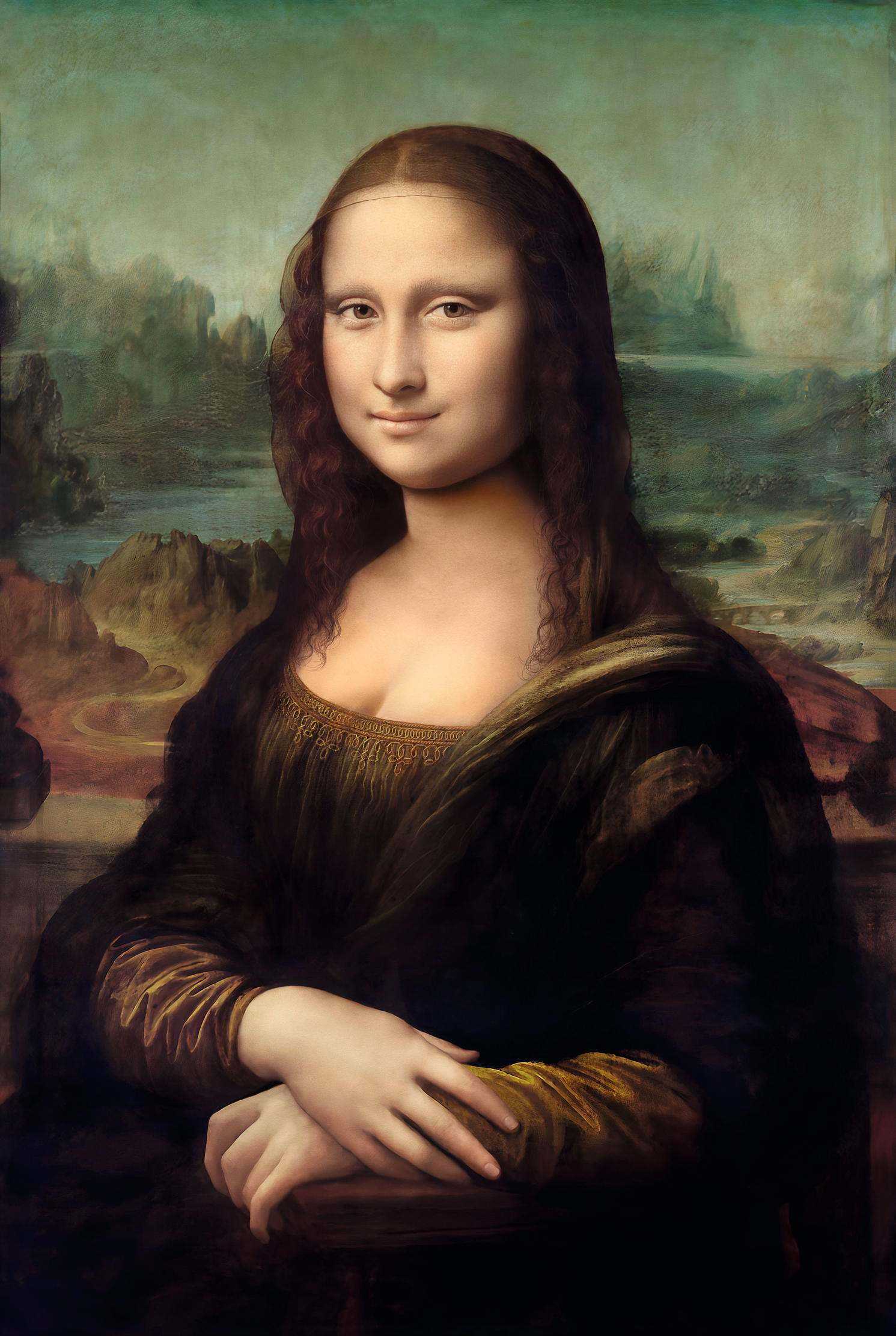
Art historian Nick Trend, in his book Art Firsts, observes that Da Vinci could have been aware of an older artist, Antonello da Messina, who, most unusually, depicted several male subjects smiling enigmatically. ‘Antonello was working all over Italy during the 1470s,’ he points out, ‘so Leonardo would have heard of his work and almost certainly saw at least one portrait by him.’
Where Leonardo began, the French controversialist Jean Dubuffet continued centuries later, making the smile more important than the smiler. His 1947 portrait of the poet and essayist Francis Ponge is entitled Hilarious Figure and consists of a pair of arched eyebrows, two blackcurrant eyes, flared nostrils and a comical arc across the huge face atop a tiny neck and doll-sized torso. It’s in the Stedelijk Museum in Amsterdam and comes with two smiles in one, for the visitor who happens upon it cannot help but grin from ear to ear.
All pictures via Alamy except The Laughing Cavalier, via Bridgeman Images
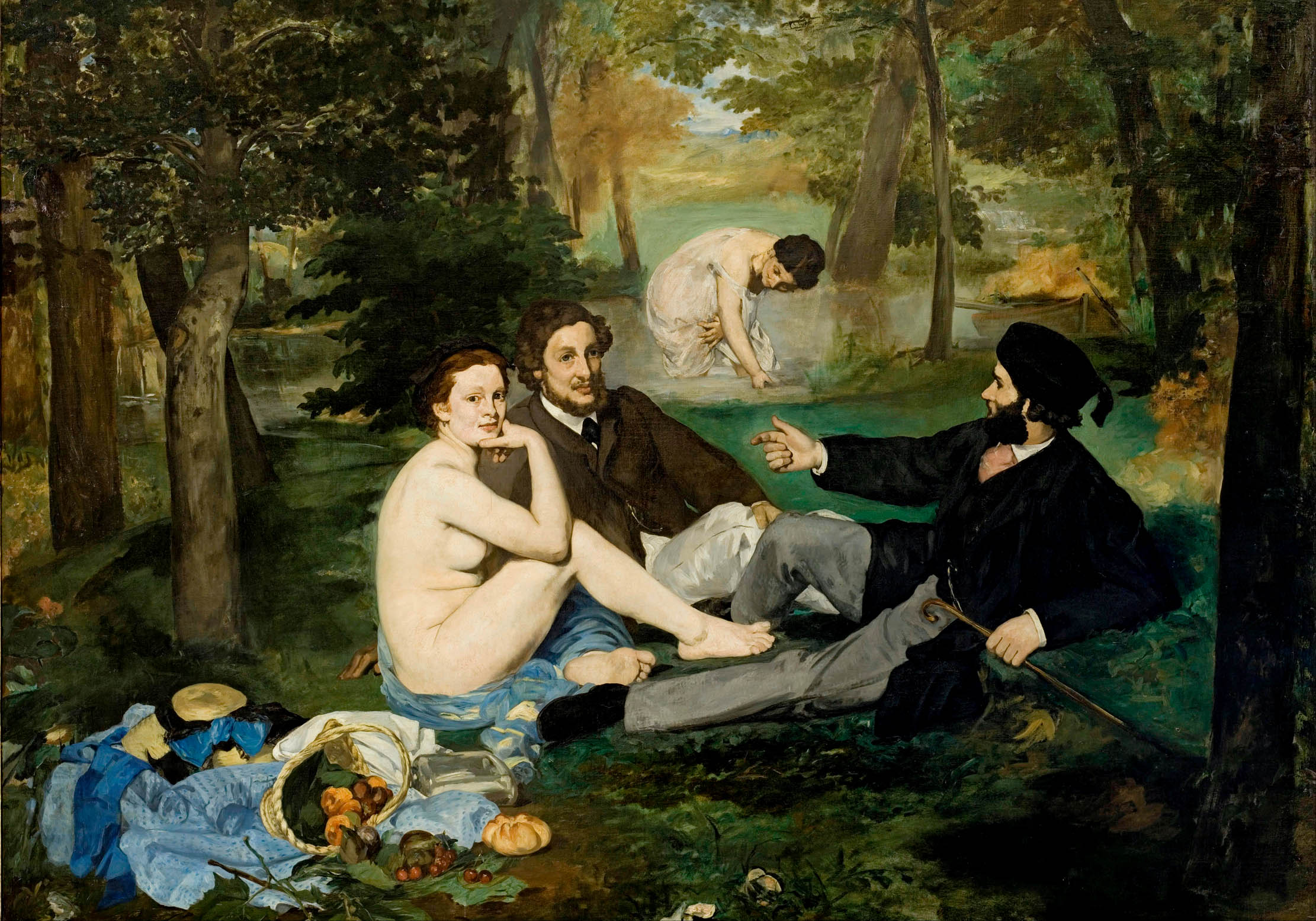
In Focus: Edouard Manet, the man who shocked France with nudity, executions and everyday life
Edouard Manet relished goading the French establishment, yet longed for the artistic recognition that came mostly after his death, laments
Carla must be the only Italian that finds the English weather more congenial than her native country’s sunshine. An antique herself, she became Country Life’s Arts & Antiques editor in 2023 having previously covered, as a freelance journalist, heritage, conservation, history and property stories, for which she won a couple of awards. Her musical taste has never evolved past Puccini and she spends most of her time immersed in any century before the 20th.
